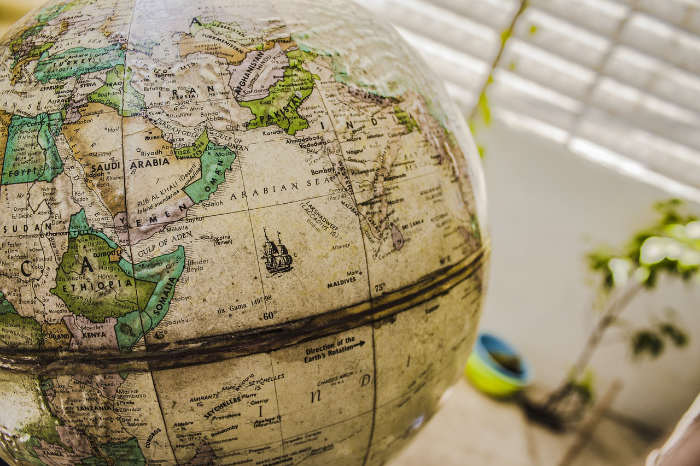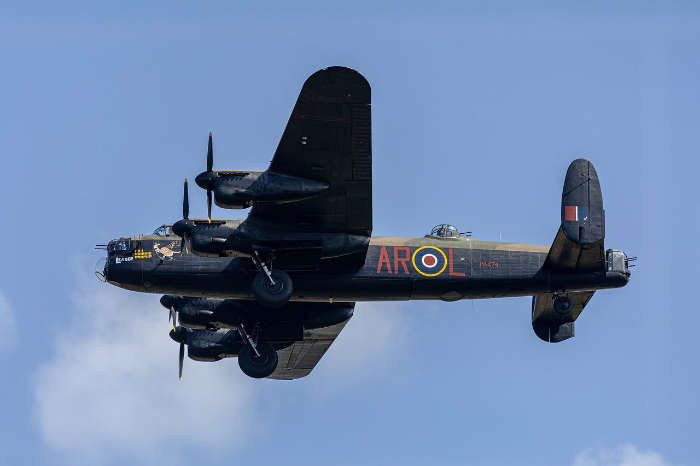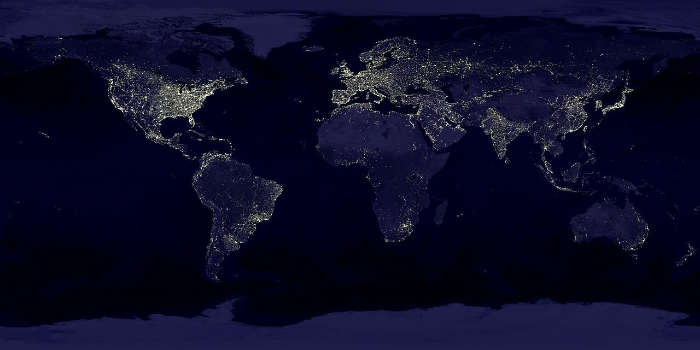Largest Navies in the World 2025

0
100
200
300
400
500
600
700
800
- The size of a country’s navy is only one factor in its ability to effectively conduct warfare. Additional factors include the level of training given soldiers, the age and condition of the included vessels, and the effectiveness of strategic command.
We humans may live predominantly on land, but the fact remains that 71% of the Earth’s surface is covered in water. With such an overwhelming abundance of seas, rivers, and lakes, it’s no surprise that civilizations have been feuding over sea passages and strategic water-based territory since before the Bronze Age. In an attempt to more convincingly preside over these territories, many nations have assembled truly magnificent naval fleets.
What Country had the Largest Navy of All Time?
The largest naval fleet of all time belonged to the United States during World War II. At its peak, the U.S. Navy consisted of 6,768 vessels. Since that peak, most countries around the world have reduced the sizes of their navies, investing in fewer but more capable ships or other assets entirely. In light of this sea change, it is unlikely that any future navy will ever have more ships than the WWII-era U.S.
Modern Navies and Why “Largest” does not mean “Most Powerful”
While the above data are helpful, it’s vital to keep in mind that they can also be misleading. Size is one thing, but strength is something else entirely. Navies can be made up of a wide variety of ships, from antiquated 180-foot-long patrol boats to 500-foot submarines armed with nuclear missiles to state-of-the-art 1000-foot aircraft carriers laden with up to 90 fighter planes and/or attack helicopters. Yet, when totaling the number of ships in a country’s navy, each of these three very different vessels counts as the same thing: one ship. This is akin to saying a squirrel is the same as a rhino, or a scooter is the same as an 18-wheel semi-truck. But it’s what happens when navies are compared based solely on their total numbers of ships.
What’s more, different sources have contrasting guidelines about which types of ship they consider part of a country’s navy. For instance, China’s navy includes more than 100 hovercraft, which sources may or may not consider navy ships. Also, most modern navies incorporate not just commissioned ships on active duty but also non-commissioned ships, support vessels, reserve fleets, and even under-construction ships, which some sources count and others do not. The way a given source handles variables such as these can have a massive effect on the total number of ships a country’s navy is estimated to have.
For example, it was estimated that in 2020, the United States Navy had 490 ships and China’s navy had 777 ships. By comparison, the United States Department of Defense’s official assessment for 2020 considered China’s navy the largest in the world with 355 ships and counted the United States as having only 293. Why were those estimates so different? Most likely, the DoD estimate included fewer classes of ship. Case in point: The DoD report states that its China total “does not include 85 patrol combatants and craft that carry anti-ship cruise missiles (ASCMs)”, and appears to also exclude more than 100 non-commissioned support ships operated by the U.S. Military Sealift Command. Other sources may well include both of these categories and more.
Because of these complications, any estimate that includes only a total number of available ships, with no accounting for ship type or condition, will fall far short of telling the full story. In an attempt to better estimate the overall power of a given navy, some analysts turn to tonnage, which is a measure of the amount of water a ship displaces or the amount of cargo it can carry, which are both indirect measurements of a ship’s overall mass.
Top 10 Most Powerful Navies in the World (by total tonnage - 2014)
- United States - 3,415,893
- Russia - 845,739
- China - 708,886
- Japan - 413,800
- United Kingdom - 367,850
- France - 319,195
- India - 317,725
- South Korea - 178,710
- Italy - 173,549
- Taiwan - 151,662
While these numbers are due for an update, the tale they tell is still meaningful. North Korea falls short of the top 10 thanks to the fact that many of its ships are small, old, “brown-water” craft, meaning they are most effective in rivers, lakes, and coastlines, and perform poorly (if at all) when more than 50 miles from shore. Although North Korea’s navy has one of the largest fleets in the world, it still falls far short of becoming a global naval power. On the other hand, countries including the United Kingdom, Japan, and South Korea have risen up the list because although their navies are smaller, they include larger, newer, more capable vessels.
Foreseeing the Future: The Top 5 Navies in the World by 2030
While the present day is obviously important, some military analysts are already looking toward the future. A 2021 piece on NationalInterest.org revealed expert picks for the top 5 navies of 2030, based upon the state of each country’s current fleet, production/manufacturing plans, and overall naval budget.
- United States - The U.S. is expected to remain the dominant global naval power in 2030, thanks to an unmatched combination of sheer tonnage and technological advancement. The U.S. Navy doesn’t just have many ships, it has many massive, cutting-edge ships.
- United Kingdom - While the U.K.’s total number of ships is expected to decline, the addition of two new aircraft carriers and the progressive updating of its submarine fleet should establish the U.K. as the #2 maritime power.
- China - The People’s Liberation Army Navy (PLAN) fleet is older, but larger in number (if not tonnage) than the U.S. Navy fleet, and the PLAN has ambitious plans to keep adding more and more vessels.
- India - Another Asian country expanding its naval presence, India should have three operating aircraft carriers by 2030, collectively capable of deploying 110-120 aircraft.
- Russia - This superpower’s aging fleet is likely to suffer some budget constraints as older equipment is decommissioned, but Russia is still expected to have eight ballistic missile submarines (with 20 missiles each) patrolling the seas in 2030.
Sources
- Fact Files - US Navy
- Chinese Navy is the largest navy in world, new report shows - Naval Today
- Military and Security Developments Involving the People's Republic of China 2021 - United States Department of Defense
- The United States' fighting ships, from smallest to largest - CNET
- North Korea Military Power - Defense Intelligence Agency
- Which Navies Will Be the Most Powerful In the World in 2030—and Why? - National Interest
- Navy Fleet Strength by Country - Global Firepower
























